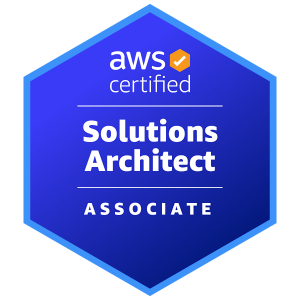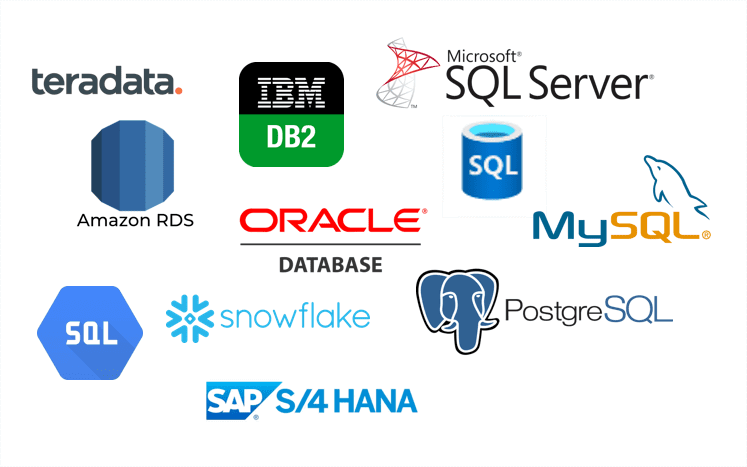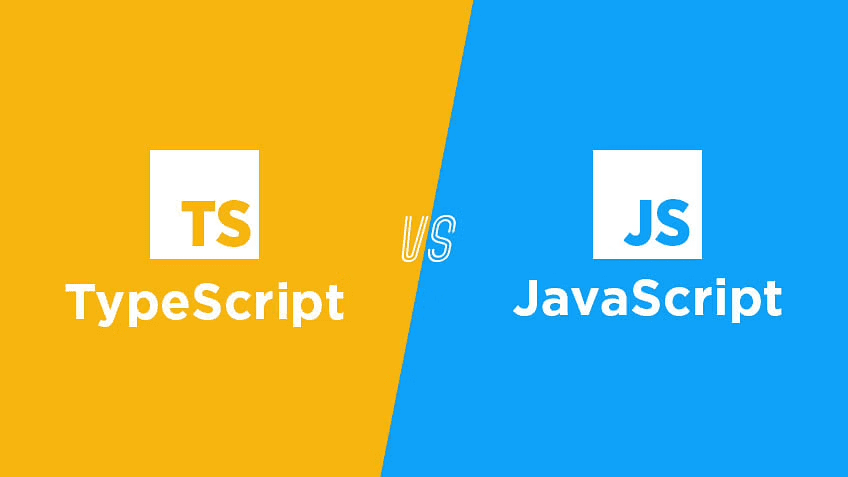🚀 Today, I am thrilled to share insights from my journey toward securing a high-paying role in a competitive and exciting field. After successfully progressing through several challenging interview rounds, I’ve reached the final stage. The spotlight today is on a complex and modern topic—designing a scalable online food ordering system using AWS microservices. This system has to meet real-world demands like real-time communication, scalability, fault tolerance, and security.
✍🏻 To prepare, I’ve focused on critical architectural decisions, best practices, and trade-offs while leveraging AWS services to solve the given challenges. Below, I’ll guide you through the questions and answers designed for this interview, starting with fundamental concepts and building up to advanced topics. These insights are invaluable not just for interviews but also for implementing robust systems in real-world scenarios.
— Solution Architect —
- Position: Senior Software Engineer | Devops Engineer
- Interview Time: 28 Nov 2024
- Interview Duration: 2.5 hours
- Company Type: Global Company
- Company Name: mxxxxxxr ( send me mail to get x )
1. What is a microservice architecture, and why is it suitable for an online food ordering system?
Answer:
Microservice architecture breaks down a system into small, independent services, each handling specific functionality (e.g., order processing, payment). It’s suitable for an online food ordering system because it allows independent scaling of services like order processing during peak times, ensures fault isolation (failure of one service doesn’t affect others), and supports agile development by enabling different teams to work on separate services.
2. How does the system handle real-time communication between the frontend and backend?
Answer:
The system uses API Gateway with WebSocket APIs to establish two-way real-time communication. For example, customers receive instant updates on order status, payment confirmations, and delivery tracking. WebSockets maintain an open connection, enabling instant event-driven updates.
3. What AWS services are used for backend microservices, and why?
Answer:
- ECS (Elastic Container Service): For scalable deployment of backend microservices like order processing and restaurant management.
- Lambda: For serverless execution of lightweight services, such as payment processing.
- SNS/SQS: For asynchronous messaging between microservices to ensure decoupling.
- EventBridge: For handling event-driven workflows, such as notifying a delivery service when an order is prepared.
4. How does the system ensure scalability and high availability?
Answer:
- Auto Scaling Groups (ASG): Automatically scale ECS instances during traffic surges (e.g., peak meal times).
- ALB (Application Load Balancer): Distributes traffic evenly across backend services to prevent overload.
- Multi-AZ Deployment: Key services like RDS and DynamoDB are deployed across multiple availability zones to ensure high availability and fault tolerance.
- Decoupled Communication: SNS/SQS ensures that microservices operate independently, avoiding bottlenecks.
5. How is data managed and stored in the system?
Answer:
- DynamoDB: Used for storing high-velocity, non-relational data like menus, orders, and real-time delivery updates.
- RDS: Relational database service for transactional data, such as payment records, ensuring consistency.
- S3: For storing static assets like restaurant images, receipts, and logs.
These services ensure fast access, scalability, and durability of data.
6. What mechanisms are in place for monitoring and logging?
Answer:
- CloudWatch: Used for centralized monitoring, logging, and setting up alarms for performance and fault detection.
- CloudTrail: Tracks API calls and activity logs for auditing purposes.
- X-Ray: Enables tracing of user requests across microservices, helping in identifying bottlenecks and failures.
7. How does the system handle security for such a distributed architecture?
Answer:
- IAM Roles: Fine-grained access controls to ensure services and users only have access to the resources they need.
- WAF (Web Application Firewall): Protects the frontend from malicious traffic like SQL injection or DDoS attacks.
- VPC (Virtual Private Cloud): Ensures backend services operate in a secure, isolated environment.
- Encryption: Uses KMS (Key Management Service) for encrypting sensitive data like payment information at rest and in transit.
8. What trade-offs come with using EKS (Elastic Kubernetes Service) instead of ECS for managing microservices?
Answer:
- EKS Pros: Greater control over container orchestration, more flexibility for complex deployments, and compatibility with Kubernetes-native tools.
- EKS Cons: Higher learning curve, increased management overhead, and potential cost increases compared to ECS’s managed environment.
The choice depends on the need for flexibility versus simplicity.
9. How does the system handle failure scenarios, such as a payment service crash?
Answer:
- Circuit Breaker Patterns: Prevents cascading failures by detecting and isolating failing services.
- Dead Letter Queues (DLQ): SQS queues ensure failed messages (e.g., payment failure notifications) are captured for further processing.
- Retries: Configured in services like Lambda to reattempt failed operations.
These mechanisms ensure resilience and fault tolerance.
10. How does this architecture support high traffic from millions of users?
Answer:
- Horizontal Scaling: Auto Scaling Groups dynamically adjust the number of instances for ECS and Lambda functions.
- Load Balancing: ALB ensures even traffic distribution across services.
- Global Distribution: CloudFront CDN caches static assets (e.g., images, menus) globally to reduce latency.
- Decoupling: SNS/SQS queues prevent direct dependency between services, reducing performance bottlenecks.
These practices make the system robust and capable of handling millions of users simultaneously.
Closing Thoughts
This set of questions and answers serves as a detailed guide to understanding the design, implementation, and management of a scalable and resilient online food ordering system using AWS microservices. By mastering these concepts, you can demonstrate strong architectural knowledge and practical problem-solving skills.












